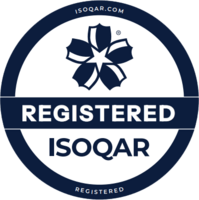Abstract Worldwide, initiatives strive for developing highly automated road vehicles of SAE levels 3 and above. Due to the complexity of the open world, requirements for those systems cannot be collected, engineered, and tracked the same way, as it has been established for ‘conventional’ products over the last decades. Correspondingly, highly automated vehicles cannot be verified and homologated ‘as usual’ solely by testing them against classical requirements using ‘conventional’ test catalogs. Instead, new approaches such as scenario-based approaches are needed to verify the vehicle’s correct behavior, especially under critical circumstances. Finding these critical scenarios is one challenge,...more
Abstract Worldwide, initiatives strive for developing highly automated road vehicles of SAE levels 3 and above. Due to the complexity of the open world, requirements for those systems cannot be collected, engineered, and tracked the same way, as it has been established for ‘conventional’ products over the last decades. Correspondingly, highly automated vehicles cannot be verified and homologated ‘as usual’ solely by testing them against classical requirements using ‘conventional’ test catalogs. Instead, new approaches such as scenario-based approaches are needed to verify the vehicle’s correct behavior, especially under critical circumstances. Finding these critical scenarios is one challenge,...more
Abstract Worldwide, initiatives strive for developing highly automated road vehicles of SAE levels 3 and above. Due to the complexity of the open world, requirements for those systems cannot be collected, engineered, and tracked the same way, as it has been established for ‘conventional’ products over the last decades. Correspondingly, highly automated vehicles cannot be verified and homologated ‘as usual’ solely by testing them against classical requirements using ‘conventional’ test catalogs. Instead, new approaches such as scenario-based approaches are needed to verify the vehicle’s correct behavior, especially under critical circumstances. Finding these critical scenarios is one challenge,...more


